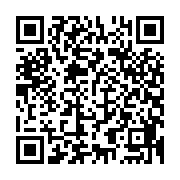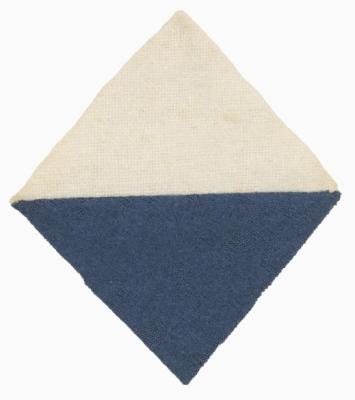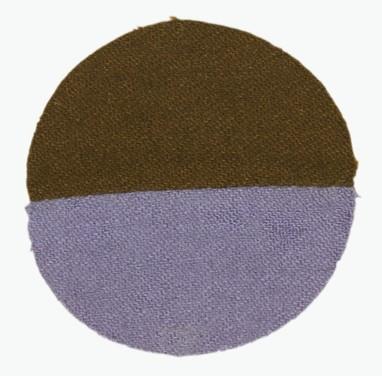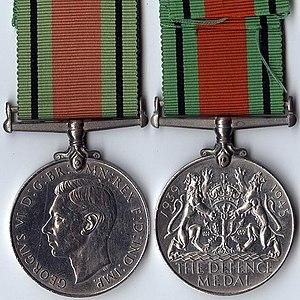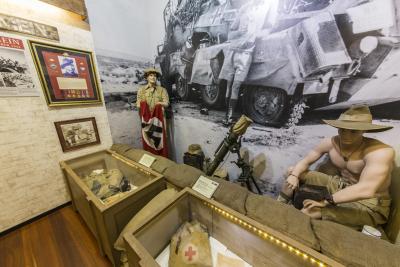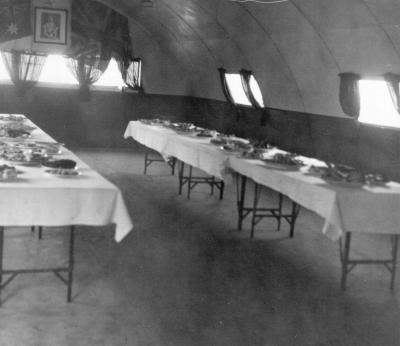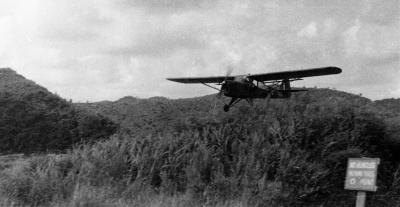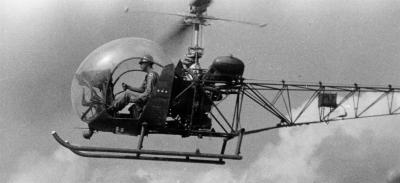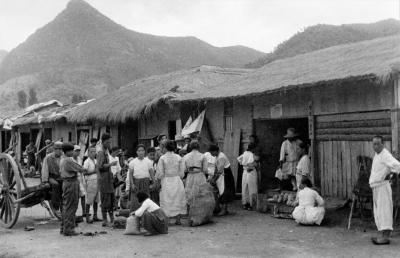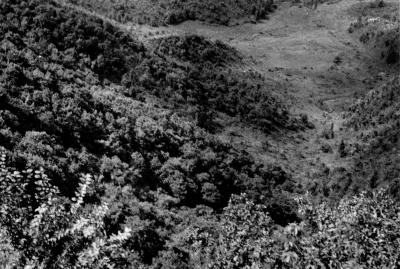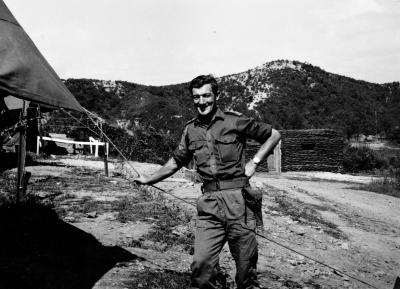Colour Patch - 10 Light Horse Regiment Australian Imperial Force
A formation patch or colour patch is a military insignia that identifies a soldier's military formations. Originally developed during the 20th century for battlefield identification, it has persisted into the 21st century as an element of military heraldry. The patch for 44 Infantry Battalion AIF was horizontally aligned, oval wool flannel colour patch, divided white over light blue. It was worn as a distinguishing unit indication at the head of each sleeve from early 1915.
A formation patch or formation badge is a military insignia that identifies a soldier's military formations. Originally developed during the 20th century for battlefield identification, it has persisted into the 21st century as an element of military heraldry.
The Australian army's system of colour patches arose from the need to solve an immediate problem. As armies adopted drab coloured uniforms, the need to identify friendly troops in assaulting formations was made acute by the problems of intensive defensive firepower and the attendant problem of dispersion.
When the first Australian Imperial Force (AIF) set off for the Middle East in 1914, the only badge it wore was on headgear and jacket collars: the Australian "Rising Sun" emblem, inscribed with the words "Australian Commonwealth Military Forces" (ACMF). Nothing distinguished one regiment from another. Divisional Order No. 81(A) Administration was issued at Mena, Egypt, on 8 March 1915 to overcome the problem and set the policy for AIF Colour Patches.
During the world wars and the years in between, Australian soldiers wore cloth patches of various shapes and colours on their upper sleeves to indicate to which unit or formation they belonged. The use of colour patches was discontinued in 1949 when the British system of embroidered shoulder titles, formation signs and lanyards was adopted. In July 1987 colour patches were reintroduced in order to foster the Army’s heritage. Currently they are worn on the right side of the puggaree on the slouch hat and on the shoulders of some orders of dress
Details
Details
As World War 1 progressed, the policy for colour patches evolved. The shape of the patch indicated the Division: The First Division had a rectangular patch, the Second Division had a diamond-shaped patch, the Third Division had a horizontal oval patch, the Fourth Division had a circle, the Fifth Division had a vertical oblong patch and the Sixth Division had a vertical oval patch. The upper colour showed the battalion and the lower colour the brigade. Infantry battalions had one of four upper colours: black (for the first battalion in the brigade), purple (for the second battalion in the brigade), brown (third battalion in the brigade) and white (fourth battalion in the brigade).
The heraldic tradition of colour patches is found throughout the galleries in displays ranging from tailoring, sweetheart badges, dioramas and regimental flags and Colours. In the Museum's archives, photographs showing details of colour patches (although challenging in black and white and sepia formats) can provide useful clues to identification of individual, unit or theatre of operations.
Australian Army Museum of Western Australia
Australian Army Museum of Western Australia
More items like this
Other items from Australian Army Museum of Western Australia
- World war 1, Honour Presentation Citizens Defence Corps, Kalgoorlie Battalion, GREEN, 1916
- Medal - George Cross Display
- Medal - Defence Medal (World War 2)
- Black Swan, Cygnis atratus, Photo Bomb
- Diorama - Singapore Evacuation 1942
- Diorama - North Africa, Western Desert and El Alamein 1942
- Post 1945, North East Asia, Korea, Kansas Line, 2 RAR, 1953-54
- Post 1945, North East Asia, Korea, 2 RAR, 1953-54
- Post 1945, North East Asia, Korea, 2 RAR, 1953-54
- Post 1945, North East Asia, Korea, 2 RAR, 1953-54
- Post 1945, North East Asia, Korea, Kansas Line, 2 RAR, 1953-54
- Post 1945, North East Asia, Korea, TAYLOR, 2 RAR, 1953-54
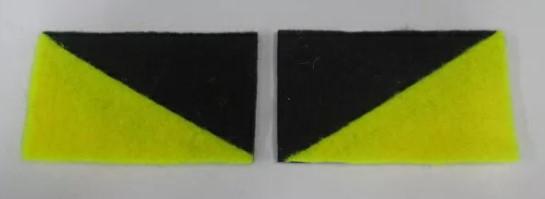
Scan this QR code to open this page on your phone ->
